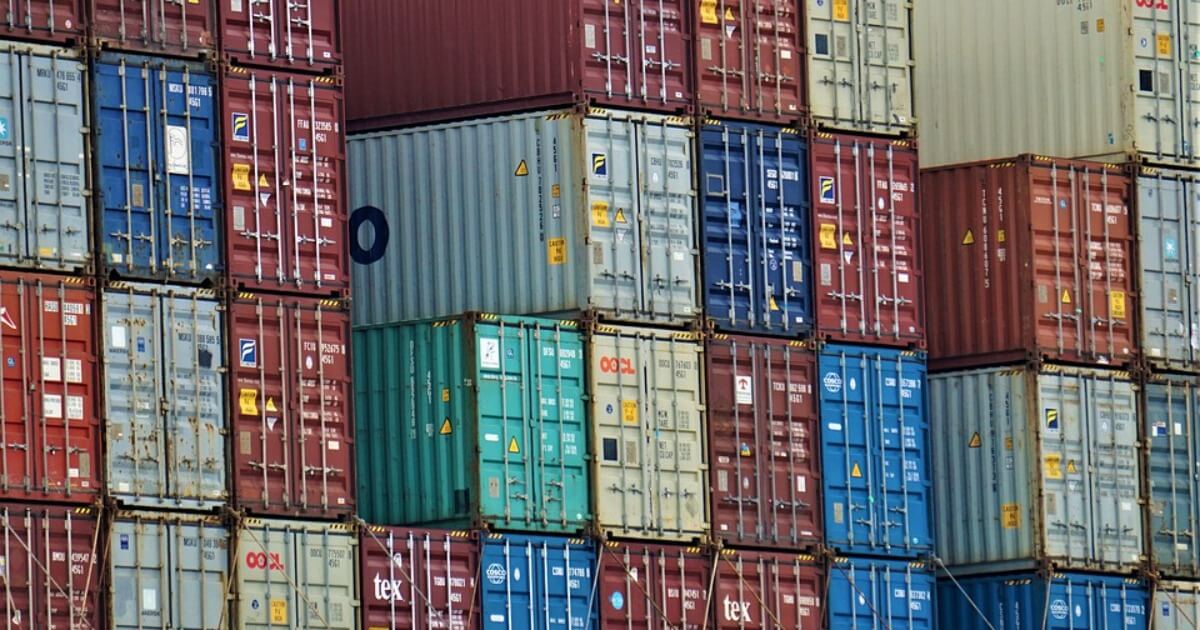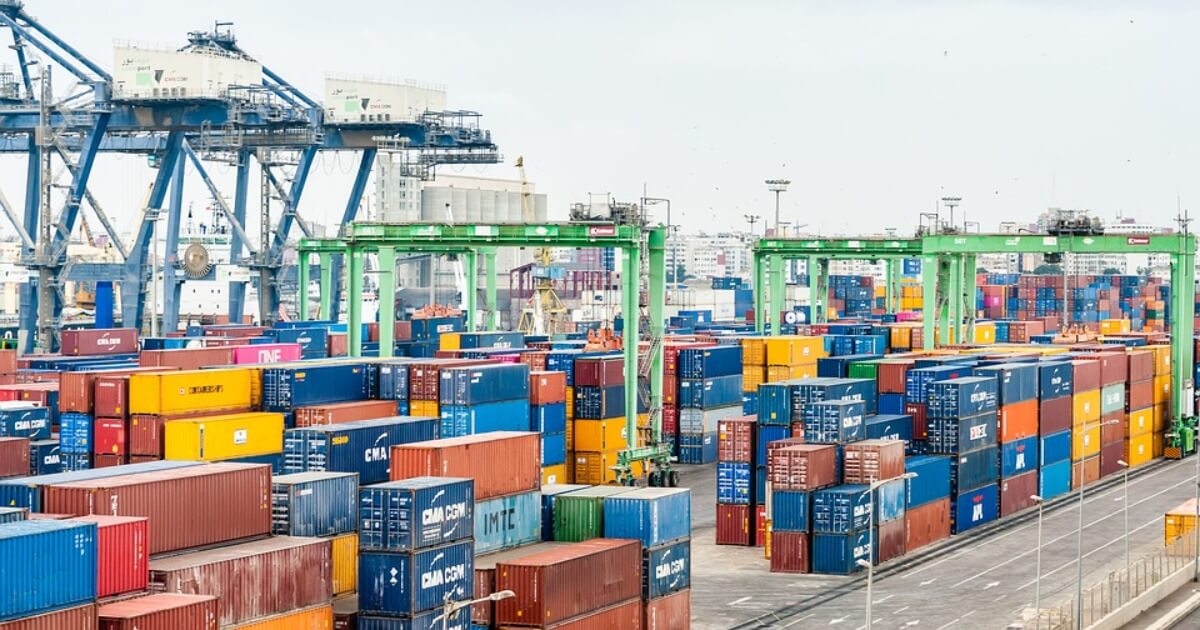Southeast Asia: From Trade Wind to Typhoon
Trade brought prosperity to many of the trading sultanates which lined the coast of the archipelago and peninsula.
September 15, 2019

The Spanish ambitions in the Philippines apart, European trade interests brought prosperity to many of the trading sultanates which lined the coast of the archipelago and peninsula.
Even with the arrival of the Dutch and the English trading monopolies, the Dutch Vereenigde Oostasiatische Compagnie (VoC) and the English East India Company (EIC), competition was between each other for access to the pepper, spices and other products of the region.
But for the Dutch in particular, this quickly morphed into demand to suppress the free trading spirit of states such as Makassar, whose sultan was known for religious tolerance as well as freedom of the seas.
Most notably the Dutch used great brutality, deporting whole populations, to get control of the Banda islands, a source of nutmeg.
Even so, the general growth of trade saw the expansion of ports and particularly of Batavia (Jakarta) and Manila and continued prosperity for others such as Melaka, which was seized by the Dutch, Aceh, Johor and Demak.
These attracted Chinese artisans as well as traders, leading to occasional violence against them in which the Europeans as well as local people participated.
In time, fierce competition, especially from the English, reduced profits from trade itself and persuaded the Dutch to extend their rule in Java to force the production of crops for export.
English naval dominance
English naval dominance from the 18th century together with the expansion of EIC control of Bengal and a tea-led boom in China trade saw the English look for port footholds, Bengkulu and Penang.
But it was the industrial revolution which drove the most dramatic change, demand for materials driving mining and plantation development.
At first this was under the control of the local sultans but led to increasing direct intervention in local politics, the Dutch ending the autonomy of local rulers in Sumatra and the eastern island and the British in the Malay states.
The latter also established a free port in Singapore in 1819, which immediately attracted all regional traders, Chinese in particular as their numbers swelled dramatically in the second half of the century as the mines and plantations needed labor — always a scarce commodity in the archipelago.
This also coincided with rivalries between European powers which was behind the global imperialist push at the end of the century.
The net result of these developments was to obliterate the political and economic power of the indigenous rulers with western companies controlling the large modern sectors of the economy and Chinese moving into much of the local shipping and distribution trade across the region.
The once formidable roles of the Bugis traders from Sulawesi and the Sulu sultanate became ever more marginal.
New players
The 20th century saw new dominant players from outside the region, notably Japan and the United States, but political independence after 1945 did little to restore indigenous economic clout.
There was a short-lived dream in the 1960s for a pan-Malay Maphilindo (federation of Malaya, Philippine and Indonesia), but any sense of Austronesian solidarity was a undermined by the need of newly created, post-colonial states to focus on “nation-building” and, from the early 1980s, an increase in Muslim identity politics, especially in Malaysia.
However, concerns about China and a gradual reduction in the U.S./Pacific orientation of the Philippines may be slowly changing perceptions.
China’s claims to the South China Sea are at odds with the history of sailing and trading over more than 2,000 years, and the fact that only about 30% of its coastline is Chinese (including Taiwan).
Despite the loss of Taiwan and the southern Vietnam coast, it is still predominantly a Malay/Austronesian sea.
Meanwhile, the seafaring peoples of the archipelago continue to be the biggest source of crews for the world’s merchant ships, albeit seldom as owners or masters.
Takeaways
Trade brought prosperity to many of the trading sultanates which lined the coast of the archipelago and peninsula.
China’s claims to the South China Sea are at odds with the history of sailing and trading over more than 2,000 years.
The 20th century saw new dominant players from outside the region, notably Japan and the US.
